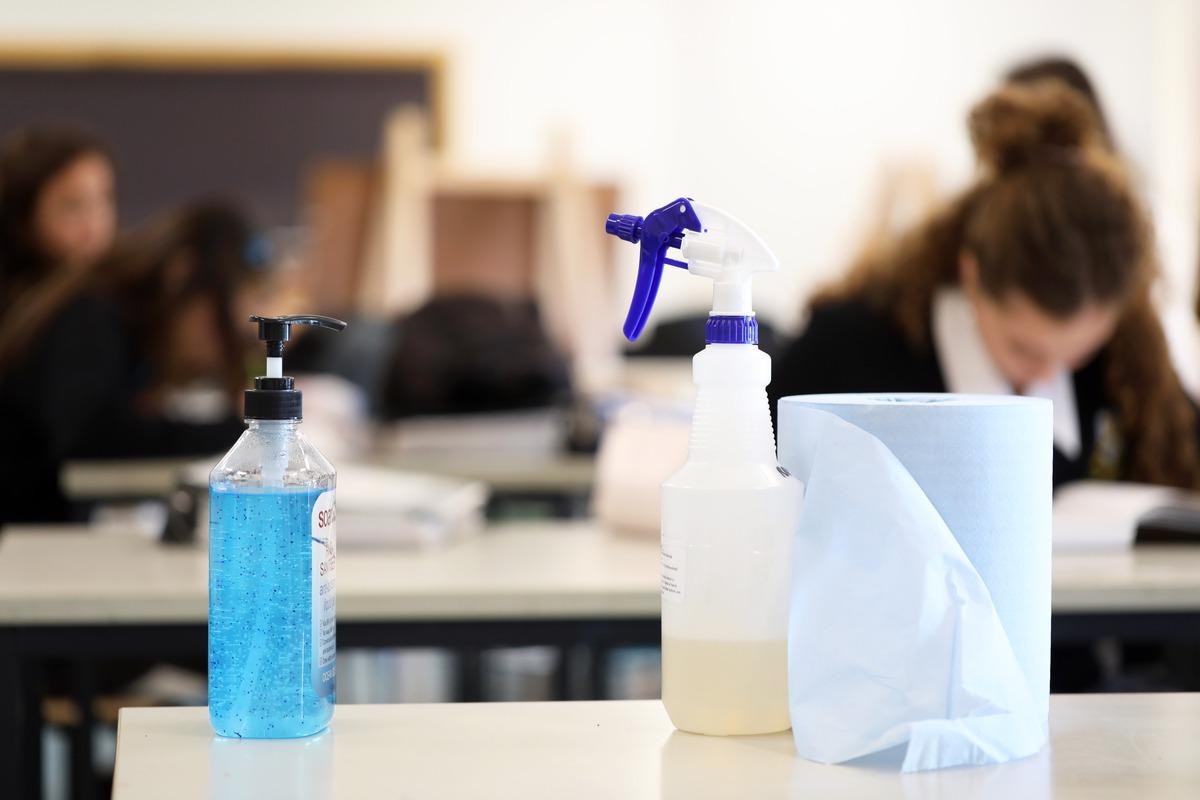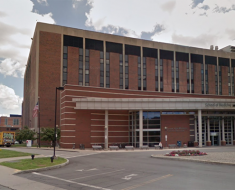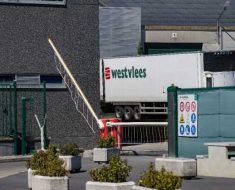Now that the Omicron variant of the severe acute respiratory syndrome coronavirus 2 (SARS-CoV-2) has spread rapidly and extensively, along with the relaxation of restrictions and protective measures, it is time to look at how life can get back to normal while shielding those at highest risk from the virus. This involves determining which level of limitation of social and economic interactions is essential and the minimum level of testing for the virus.
 Study: Minimizing school disruption under high incidence conditions due to the Omicron variant in early 2022. Image Credit: LBeddoe/Shutterstock
Study: Minimizing school disruption under high incidence conditions due to the Omicron variant in early 2022. Image Credit: LBeddoe/Shutterstock
Among the most heavily affected areas has been education. A new study demonstrates the feasibility and cost-effectiveness of weekly screening of schoolchildren as the optimal balance between endangering others and ensuring that children can attend school most of the time.
Introduction
Among the heaviest impacts of the coronavirus disease 2019 (COVID-19) pandemic has been the disruption of education. At last, with the popular perception that the Omicron variant of the virus is relatively mild in its severity, schools are being reopened in many parts of the world. However, the need for repeated quarantines every time a case is detected leads to unwanted and serious disruption of the school and class routine.
Moreover, the sudden demand for testing kits may lead to shortages, delays in procurement, and returning children to school. The current study, published on the medRxiv* preprint server, discusses the proactive vs. reactive school protocols relative to the peak demands for resources, break in infection, and the number of days of school lost.
The researchers used a stochastic agent-based model of transmission with some modifications. These were meant to compensate for the lower vulnerability among children, lower transmission rates among children, and the progression of the disease over time.
The tests were assumed to pick up 67% of asymptomatic infected children using nasal lateral flow devices (LFD) testing and 96% with salivary polymerase chain reaction (PCR) testing. The Omicron variant was assumed to be 20% less infective in those with a history of prior COVID-19, but 30% to 80% more infective than Delta, with a shorter incubation period.
Teachers were assumed to have received a primary series of vaccination with 50% protection against symptomatic disease from Omicron infection at three months from the second dose. Half were assumed to have received a booster dose, with 70% protection within the first four weeks.
What did the study show?
Reactive screening produces a small dip in the peak case number. However, regular surveillance testing produces a healthier flattening of the curve. As the wave progresses, reactive testing will consume more resources, with 0.45 tests for every two students per week when the incidence reaches 7,000 cases per 100,000.
Conversely, test demand goes down with regular screening since more students are in isolation after the wave peaks, at 0.457 and 0.97 tests with weekly or semi-weekly testing under the same conditions. Varying the conditions over a larger range, the model shows that reactive tests per student-week go up from 0.25 to 0.61, but with a <10% decrease in the peak incidence. On the other hand, for up to 7,100 cases per 100,000, the peak incidence is reduced by 20% or more at 0.46 tests per student week, with weekly screening.
If the incidence is as high as 10,100 per 100,000, semi-weekly testing will achieve the same reduction. Overall, less than 11% of student days will be lost with either reactive or weekly screening. This is better than the >20% loss per student achieved with class closure in reaction to a case, even with changes in the booster uptake, infectiousness of Omicron, or incubation period.
If children were vaccinated and the efficacy is 60%, weekly or reactive screening might reduce the peak by 35% to 50%, thus indicating a benefit to vaccination in reducing viral transmission at school. Conversely, with low vaccine efficacy of 20%, the peak reductions will be ~20% to 30%.
If only salivary PCR is used for testing, reactive screening can reduce the peak by 14% instead of 9% with nasal LFD testing.
What are the implications?
Schools continue to be susceptible to interruptions by quarantine following case detection and surveillance testing. In France, reactive screening required three tests in a week for primary contacts of a COVID-19 case, producing major interruptions in attendance.
The findings of this study show that when the incidence of the infection is high, weekly screening protocols consume no more resources than reactive screening but reduce case numbers more efficiently. In the same situation in France, weekly screening would reduce the peak by 20% to 40%, as against 10% with reactive screening.
Regular screening was practiced in some cantons of Switzerland, simplifying screening logistics, helping to plan testing programs, and preventing sudden spurts in test demand. The use of nasal LFD testing compensates for lower sensitivity by prompt results and repeated testing.
Systematically screening schools remains the optimal test-to-stay strategy, reducing peak incidence rates in children, and thus their consequences on hospitalizations and long COVID, while limiting school disruption and resources. Our findings can be used to define incidence levels triggering school protocols and optimizing their cost-effectiveness.”
*Important notice
medRxiv publishes preliminary scientific reports that are not peer-reviewed and, therefore, should not be regarded as conclusive, guide clinical practice/health-related behavior, or treated as established information.
-
Colosi, E. et al. (2022) "Minimizing school disruption under high incidence conditions due to the Omicron variant in early 2022". medRxiv. doi: 10.1101/2022.02.04.22270473. https://www.medrxiv.org/content/10.1101/2022.02.04.22270473v1
Posted in: Medical Science News | Medical Research News | Disease/Infection News
Tags: Children, Coronavirus, Coronavirus Disease COVID-19, covid-19, Education, Efficacy, Omicron, Pandemic, Polymerase, Polymerase Chain Reaction, Respiratory, SARS, SARS-CoV-2, Severe Acute Respiratory, Severe Acute Respiratory Syndrome, students, Syndrome, Vaccine, Virus

Written by
Dr. Liji Thomas
Dr. Liji Thomas is an OB-GYN, who graduated from the Government Medical College, University of Calicut, Kerala, in 2001. Liji practiced as a full-time consultant in obstetrics/gynecology in a private hospital for a few years following her graduation. She has counseled hundreds of patients facing issues from pregnancy-related problems and infertility, and has been in charge of over 2,000 deliveries, striving always to achieve a normal delivery rather than operative.
Source: Read Full Article





